The flag of Malta stands as a beacon of the nation’s ethos and communal harmony. Embracing tradition and a forward-looking perspective, this emblem embodies its people’s collective spirit and culture. As a symbol transcending mere aesthetics, it encapsulates the aspirations and shared journey of the nation.
Flag of Malta
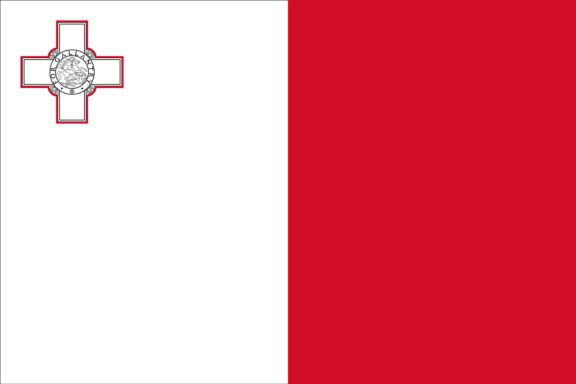
The flag of Malta is distinguished by its simple yet profound design. It consists of two vertical bands of equal size, with white on the hoist side and red on the fly side. This flag, steeped in history, is notably recognized for featuring the George Cross in the upper hoist corner.
Flag of Malta: Color Palette
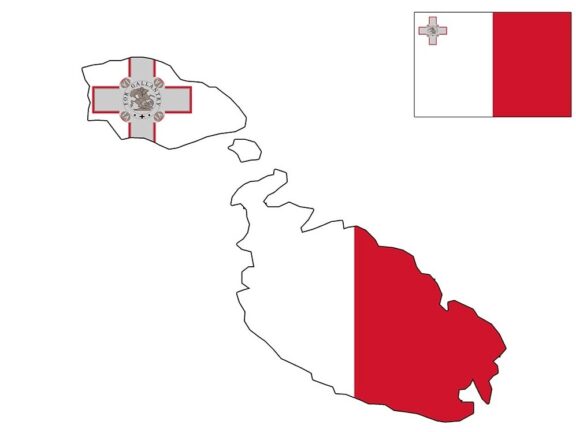
Malta Flag Emoji: 🇲🇹
Though minimalistic, the Maltese flag’s color palette carries profound significance. Comprising primarily white and red, these hues are more than mere design choices; they are deeply rooted in Malta’s narrative and cultural identity.
The arrangement of these colors, along with the emblematic George Cross, presents a visually striking and symbolically rich aesthetic.
Meaning of Each Color
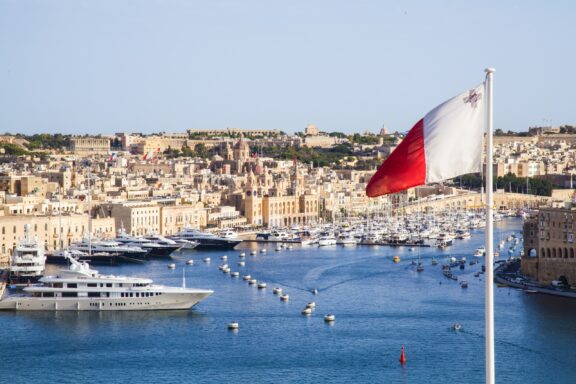
White
The white color in Malta’s flag holds a historical connection to the blazon of the arms of Malta. It is said to have been given to Malta by Count Roger of Sicily in 1091, symbolizing a new beginning under his rule after centuries of Muslim control.
White also has traditional associations with peace and purity, which resonate with Malta’s historical journey and its aspirations for harmony.
Red
The red half of Malta’s flag also originates from the blazon of the arms of Malta and has been a significant color throughout the island’s history.
The Knights of Malta, who ruled from 1530 to 1798, used a red flag with a white Maltese cross. Red often symbolizes bravery and strength, reflecting Malta’s resilience, particularly during World War II and its journey towards independence.
George Cross
The George Cross, outlined in red on the white field, was awarded to Malta by King George VI in 1942. This award recognized the Maltese people’s extraordinary bravery during World War II.
The cross’s presence on the flag is a testament to the nation’s courage and indomitable spirit during a critical period of its history.
Coat of Arms of Malta
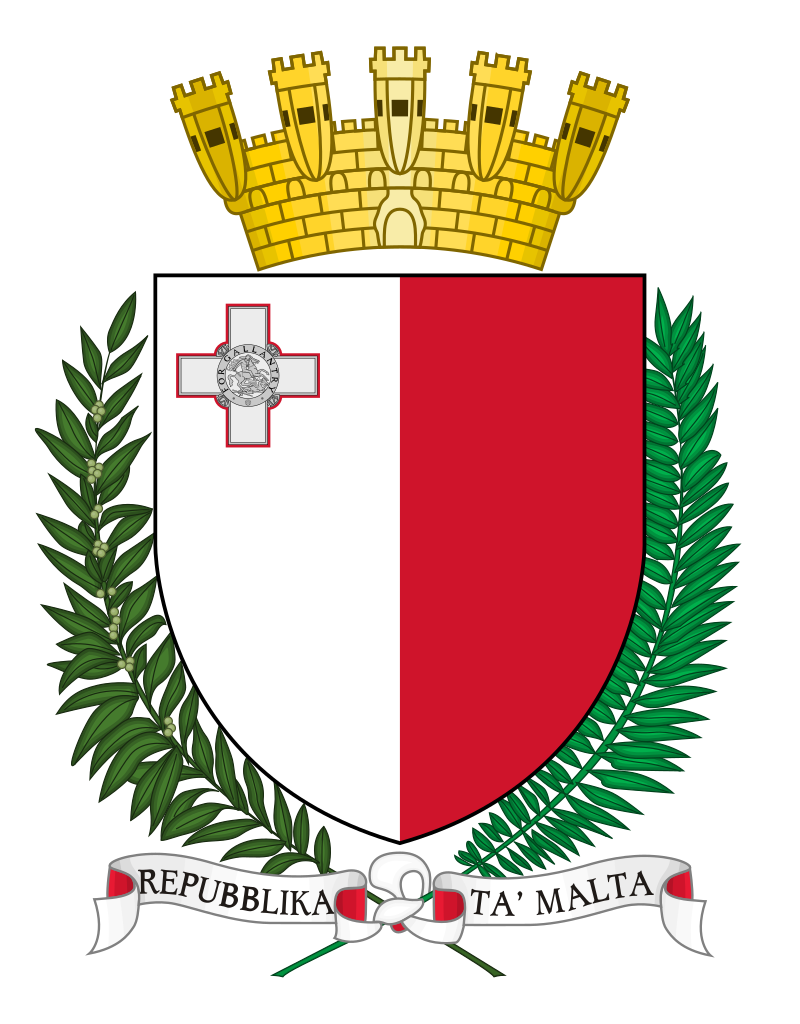
Adopted in 1988, Malta’s current coat of arms replaced the older design that depicted a coastal scene. The key elements of the coat of arms are:
- Shield: At the center is a shield displaying the national flag of Malta, signifying national pride and identity.
- Olive and Palm Branches: Surrounding the shield are olive and palm branches, traditional symbols of peace, reflecting Malta’s aspirations for harmony and unity.
- Golden Crown with Five Turrets: Above the shield is a golden crown containing a mural with five turrets. This element represents Malta’s historical fortifications, a nod to its strategic importance and historical resilience.
- White Ribbon: Below the shield is a white ribbon with the text “Repubblika ta’ Malta” (“Republic of Malta”), asserting the nation’s sovereignty and independent statehood.
This coat of arms encapsulates Malta’s historical journey, its values of peace and resilience, and its pride as an independent republic.
Historical Evolution and the Meaning Behind Changes
The historical evolution of Malta’s flag mirrors the island’s dynamic history, with each change reflecting significant shifts in governance and identity.
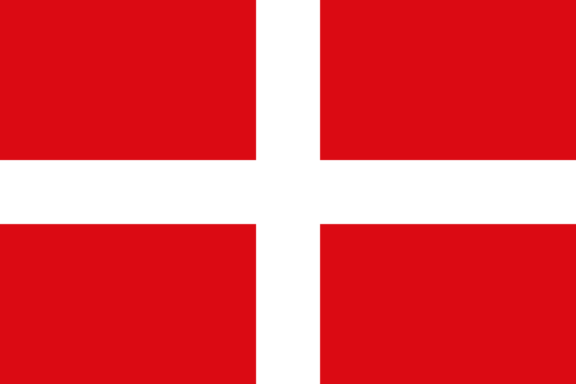
During the era of the Knights Hospitaller (1530-1798), Malta’s flag bore a white cross on a red field, a design that affirmed the island’s distinct identity under their rule.
With the advent of British colonial rule in the 19th century, the flag underwent several transformations. These changes incorporated elements of British symbolism, such as the Union flag and the blue ensign, indicating Malta’s status as a British colony.
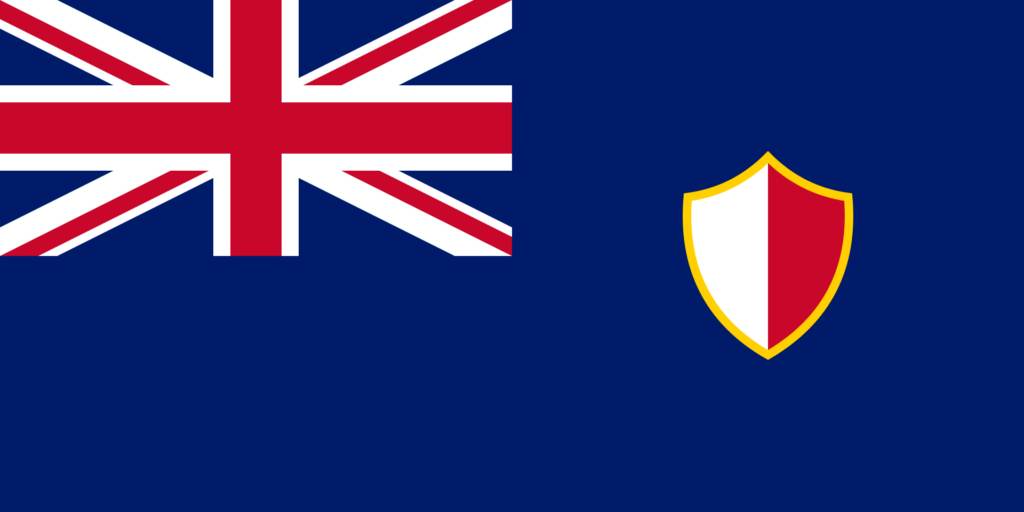
A significant alteration occurred post-World War II when the George Cross was added to Malta’s flag in 1943, commemorating the nation’s bravery during the war. Initially featured on a blue canton, the design was simplified with Malta’s independence in 1964, emphasizing the red and white colors and making the George Cross less prominent.
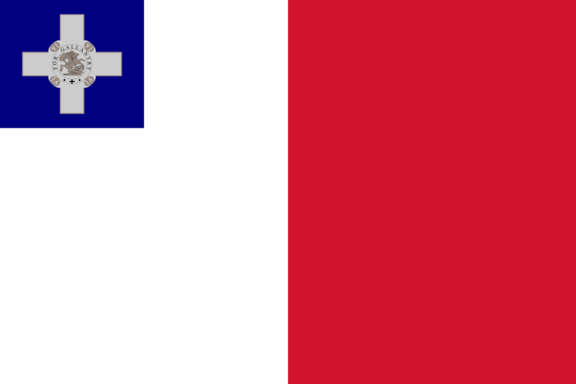
This shift in design at the time of independence in 1964 marked a return to Malta’s historical roots, shedding colonial influences and reaffirming its national identity.
With its straightforward bicolor design, the contemporary flag symbolizes Malta’s journey from a period of knights’ rule through British colonialism to an independent, sovereign nation.
Overall Symbolic Meaning of the Flag
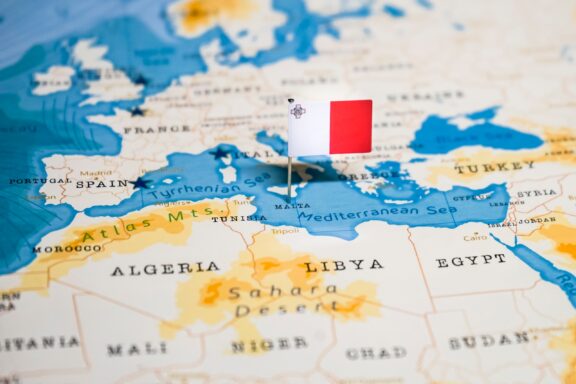
The flag of Malta symbolizes the nation’s historical stability and unity. The George Cross reflects Malta’s courage, especially during World War II, and the flag’s design encapsulates the nation’s journey from historical epochs to its current independence. Overall, it represents Malta’s enduring essence and shared heritage, uniting its people in a narrative of perseverance and national pride.
Similar Flags to the Flag of Malta
Several national flags bear a striking resemblance to Malta’s, each with its own unique historical and cultural connections.
Indonesia
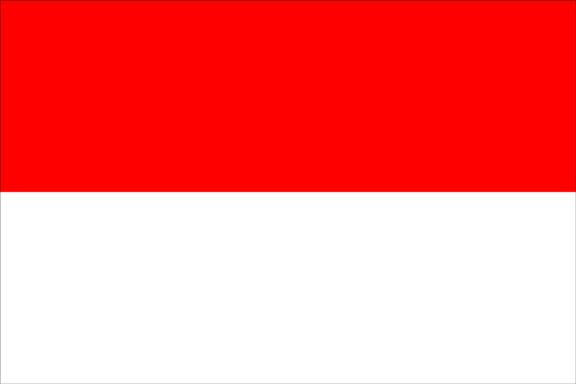
Indonesia’s flag, known as “Sang Saka Merah-Putih” (The Red and White), mirrors Malta’s straightforward bicolor design. The flag features two horizontal bands, red on the top and white on the bottom.
This design choice symbolizes courage and purity and reflects Indonesia’s historical struggle for independence, resonating with Malta’s journey towards sovereignty.
Monaco
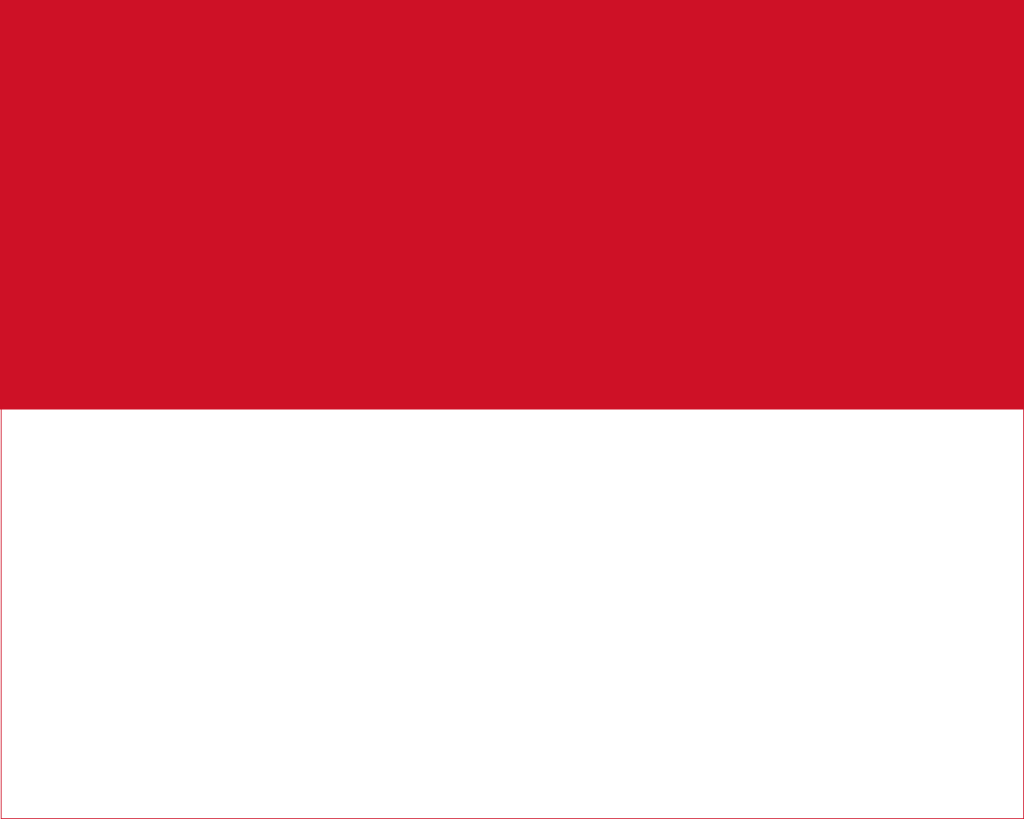
Monaco’s flag also showcases a two-color design with horizontal bands of red and white. This simplicity in design emphasizes Monaco’s historical and cultural identity.
The colors and layout, although common, offer a unique national story, much like Malta’s flag, underscoring the nation’s pride and heritage.
Singapore
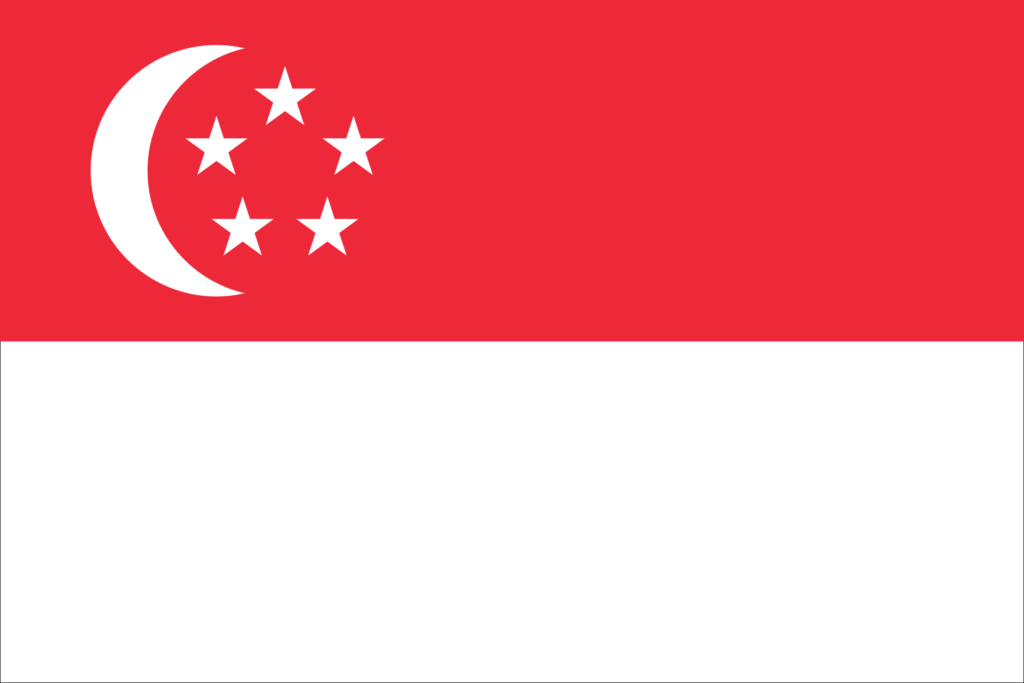
Singapore’s flag, like Malta’s, is characterized by a simple bicolor design, though with additional elements. It features two horizontal bands of red and white on Malta’s flag.
The presence of the crescent and stars in Singapore’s flag adds a distinct element, symbolizing democracy and progress, while the bicolor scheme reflects universal values such as unity and purity.
Final Thoughts
The flag of Malta, with its distinctive features and rich symbolism, stands as a testament to the nation’s unique history and values. It not only marks Malta’s place in the global tapestry of flags but also serves as a source of enduring pride and identity for its citizens.
Image Sources and Copyright Information
- Malta Flag Overlooking Harbor: © shutt2016/Shutterstock
- Malta’s Location on Map with Flag Pin: © hyotographics/Shutterstock